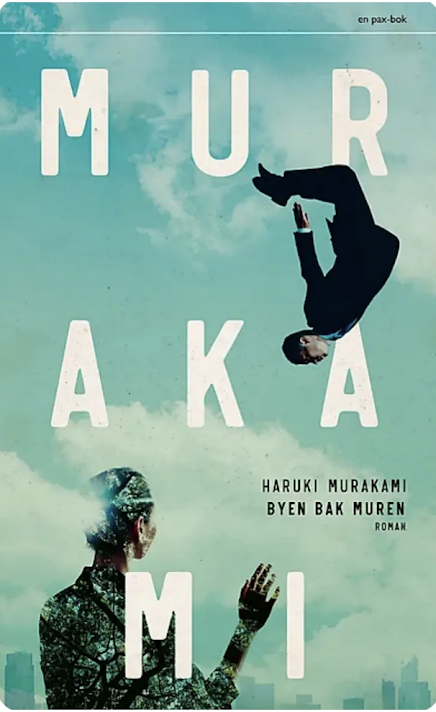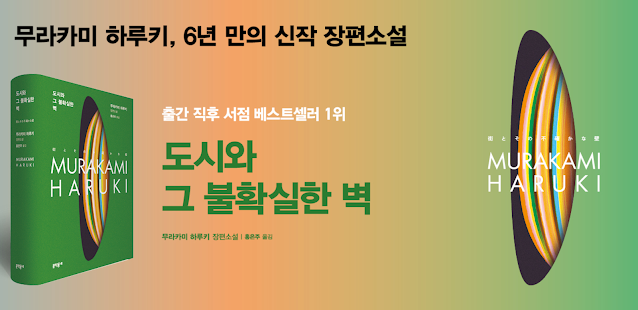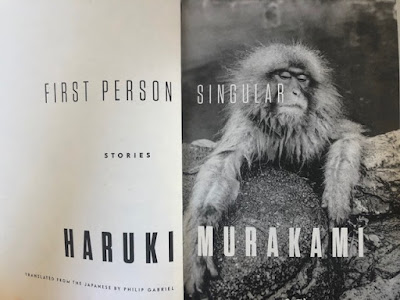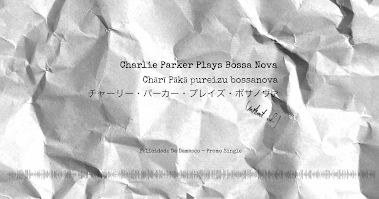A new translation of Sekai
no owari to Hādo-boirudo wandṝando,
known in English so far as Hard-Boiled Wonderland and The End of the
World, is coming out on December 10. As is clear from the images below, the translator Jay Rubin has
changed the order of phrases to reflect the order in the original
title. Below are the American and British cover designs. It is interesting that on the British cover the title starts with "the" while the American one doesn't.
As we know from David Karashima's excellent book, Who We're Reading When We're Reading Murakami (Soft Skull, 2020), many pages were cut from the original translation (1991) by the translator, Alfred Birnbaum, and the editor, Elmer Luke, so this uncut version should be a real treat for Murakami fans.
Among other things, I
am very curious how Rubin has dealt with the fact that in the two alternating narratives that make up the novel, Murakami uses two different first-person pronouns (boku - less formal, used mostly by younger men, and watashi - more formal, more universal). Birnbaum used an ingenious method to differentiate the style of the two narratives: he translated one entirely into the present tense and the other into the past tense.
I have been thinking a lot about this while translating Murakami's new novel, The City and Its Uncertain Walls, into Polish. Like End of the World, this book also uses different pronouns in different narratives, but there is no option of using the trick devised by Birnbaum, because Murakami himself seems to use present and past tense in a very creative way for a different purpose.
I have now finished the translation, which is going through the editing process. I have – for now – tried differentiating the more informal and somehow "younger sounding" pronouns boku ("I") and kimi ("you") - written phonetically in hiragana - by writing them in a slightly different font. (The part where those pronouns are used in the original is not that long and they appear mostly in the beginning of the book only to return a few times in brief mentions later). Since Polish verbs take a different form for each person in singular and plural, it is often unnecessary to say "I" or "you" to indicate the subject, so these pronouns don't appear as often in the Polish text as they do in the Japanese text. Therefore, I have decided to use that slightly different font also for words like "your" or "my" to make this difference more evident.
The final decision hasn't been made yet, but given that the European translations that have already appeared don't seem to differentiate between the two types of pronouns, I keep wondering whether I am doing something creative and bringing the reader a little closer to the author, or making a big mistake.





































